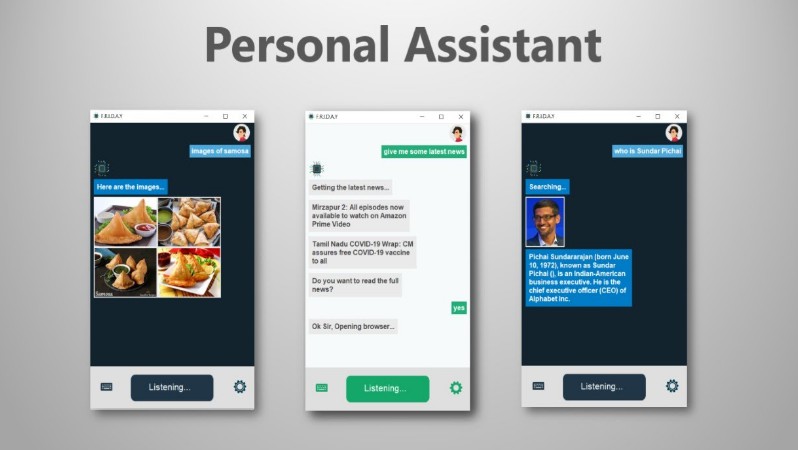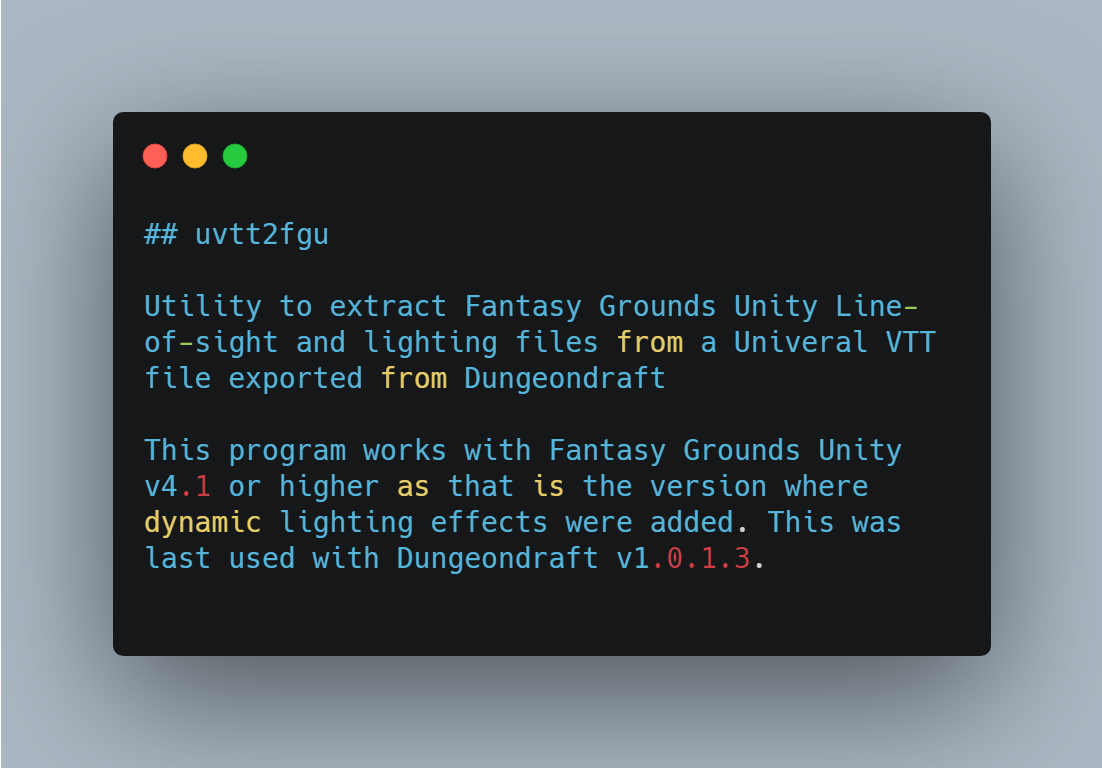LoRA
This repo contains the implementation of LoRA in GPT-2 and steps to replicate the results in our recent paper
LoRA: Low-Rank Adaptation of Large Language Models
Edward J. Hu*, Yelong Shen*, Phillip Wallis, Zeyuan Allen-Zhu, Yuanzhi Li, Shean Wang, Weizhu Chen
Paper: https://arxiv.org/abs/2106.09685
LoRA reduces the number of trainable parameters by learning pairs of rank-decompostion matrices and freezing the original weights. This vastly reduces the storage requirement for large language models adapted to specific tasks and enables efficient task-switching during deployment without introducing inference latency. LoRA also outperforms several other adaptation methods including prefix-tuning and fine-tuning.
Getting Started
- You can start with the following docker image:
nvcr.io/nvidia/pytorch:20.03-py3on a GPU-capable machine, but any generic PyTorch image should work.
docker run -it nvcr.io/nvidia/pytorch:20.03-py3
- Clone the repo and install dependencies in a virtual environment (remove sudo if running in docker container):
sudo apt-get update
sudo apt-get -y install git jq virtualenv
git clone https://github.com/microsoft/LoRA.git; cd LoRA
virtualenv -p `which python3` ./venv
. ./venv/bin/activate
pip install -r requirement.txt
bash download_pretrained_checkpoints.sh
bash create_datasets.sh
cd ./eval
bash download_evalscript.sh
cd ..
Now we are ready to replicate the results in our paper.
Replicating Our Result on E2E
- Train GPT-2 Medium with LoRA (see our paper for hyperparameters for GPT-2 Medium)
python -m torch.distributed.launch --nproc_per_node=1 src/gpt2_ft.py \
--train_data ./data/e2e/train.jsonl \
--valid_data ./data/e2e/valid.jsonl \
--train_batch_size 2 \
--grad_acc 1 \
--valid_batch_size 1 \
--seq_len 512 \
--model_card gpt2.md \
--init_checkpoint ./pretrained_checkpoints/gpt2-medium-pytorch_model.bin \
--platform local \
--clip 0.0 \
--lr 0.0002 \
--weight_decay 0.01 \
--correct_bias \
--adam_beta2 0.999 \
--scheduler linear \
--warmup_step 500 \
--max_epoch 5 \
--save_interval 1000 \
--lora_dim 4 \
--lora_alpha 32 \
--lora_dropout 0.1 \
--label_smooth 0.1 \
--work_dir ./trained_models/GPT2_M/e2e \
--random_seed 110
- Generate outputs from the trained model using beam search:
python -m torch.distributed.launch --nproc_per_node=1 src/gpt2_beam.py \
--data ./data/e2e/test.jsonl \
--batch_size 1 \
--seq_len 512 \
--eval_len 64 \
--model_card gpt2.lg \
--init_checkpoint ./trained_models/GPT2_M/e2e/model.20000.pt \
--platform local \
--lora_dim 4 \
--lora_alpha 32 \
--beam 10 \
--length_penalty 0.8 \
--no_repeat_ngram_size 4 \
--repetition_penalty 1.0 \
--eos_token_id 628 \
--work_dir ./trained_models/GPT2_M/e2e \
--output_file predict.20000.b10p08.jsonl
- Decode outputs from step (2)
python src/gpt2_decode.py \
--vocab ./vocab \
--sample_file ./trained_models/GPT2_M/e2e/predict.20000.b10p08.jsonl \
--input_file ./data/e2e/test_formatted.jsonl \
--output_ref_file e2e_ref.txt \
--output_pred_file e2e_pred.txt
- Run evaluation on E2E test set
python eval/e2e/measure_scores.py e2e_ref.txt e2e_pred.txt -p
Replicating Our Result on WebNLG
-
Follow steps 1 and 2 from E2E pipeline by replacing references to E2E with webnlg (see our paper for hyperparameters)
-
Decode outputs from beam search (step 2 above)
python src/gpt2_decode.py \
--vocab ./vocab \
--sample_file ./trained_models/GPT2_M/webnlg/predict.20000.b10p08.jsonl \
--input_file ./data/webnlg_challenge_2017/test_formatted.jsonl \
--ref_type webnlg \
--ref_num 6 \
--output_ref_file eval/GenerationEval/data/references_webnlg \
--output_pred_file eval/GenerationEval/data/hypothesis_webnlg \
--tokenize --lower
- Run evaluation on WebNLG test set
cd ./eval/GenerationEval/
python eval.py \
-R data/references_webnlg/reference \
-H data/hypothesis_webnlg \
-nr 6 \
-m bleu,meteor,ter
cd ../..
Replicating Our Result on DART
-
Follow steps 1 and 2 from E2E pipeline by replacing references to E2E with dart (see our paper for hyperparameters)
-
Decode outputs from beam search (step 2 above)
python src/gpt2_decode.py \
--vocab ./vocab \
--sample_file ./trained_models/GPT2_M/dart/predict.20000.b10p08.jsonl \
--input_file ./data/dart/test_formatted.jsonl \
--ref_type dart \
--ref_num 6 \
--output_ref_file eval/GenerationEval/data/references_dart \
--output_pred_file eval/GenerationEval/data/hypothesis_dart \
--tokenize --lower
- Run evaluation on Dart test set
cd ./eval/GenerationEval/
python eval.py \
-R data/references_dart/reference \
-H data/hypothesis_dart \
-nr 6 \
-m bleu,meteor,ter
cd ../..
Acknowledgements
We thank in alphabetical order Jianfeng Gao, Jade Huang, Jiayuan Huang, Lisa Xiang Li, Xiaodong Liu, Yabin Liu, Benjamin Van Durme, Luis Vargas, Haoran Wei, Peter Welinder, and Greg Yang for providing valuable feedback.
Contact
Please contact us if you have any questions.
- Edward Hu ([email protected])
- Yelong Shen ([email protected])
- Phillip Wallis ([email protected])
- Weizhu Chen ([email protected])
Citation
@misc{hu2021lora,
title={LoRA: Low-Rank Adaptation of Large Language Models},
author={Hu, Edward and Shen, Yelong and Wallis, Phil and Allen-Zhu, Zeyuan and Li, Yuanzhi and Chen, Weizhu},
year={2021},
eprint={2106.09685},
archivePrefix={arXiv},
primaryClass={cs.CL}
}







